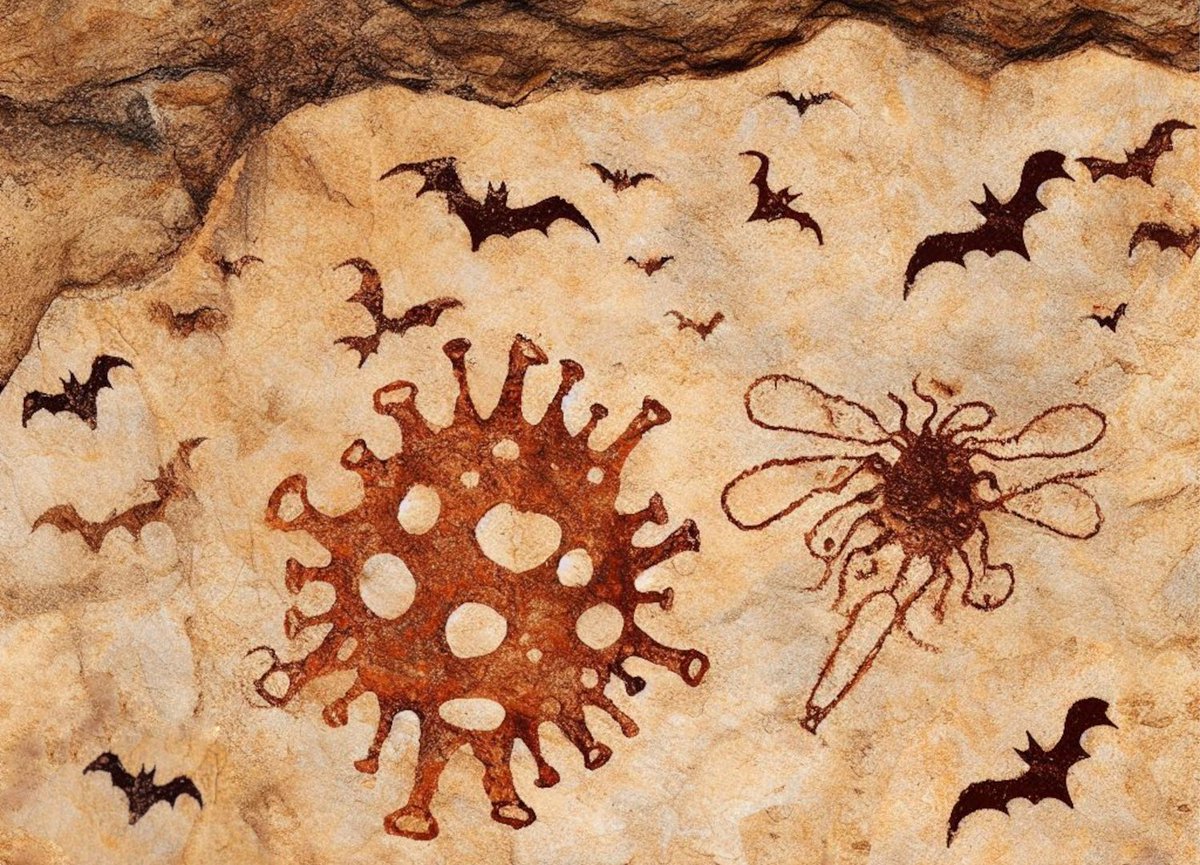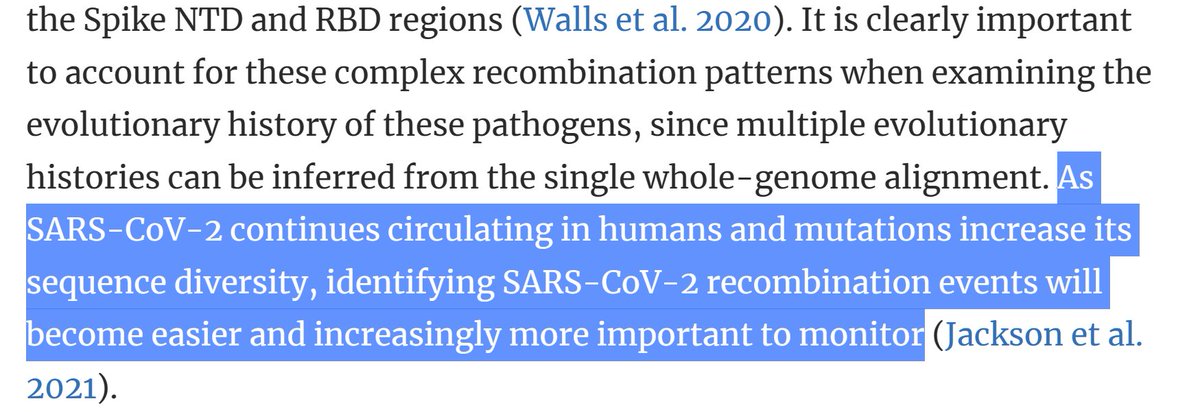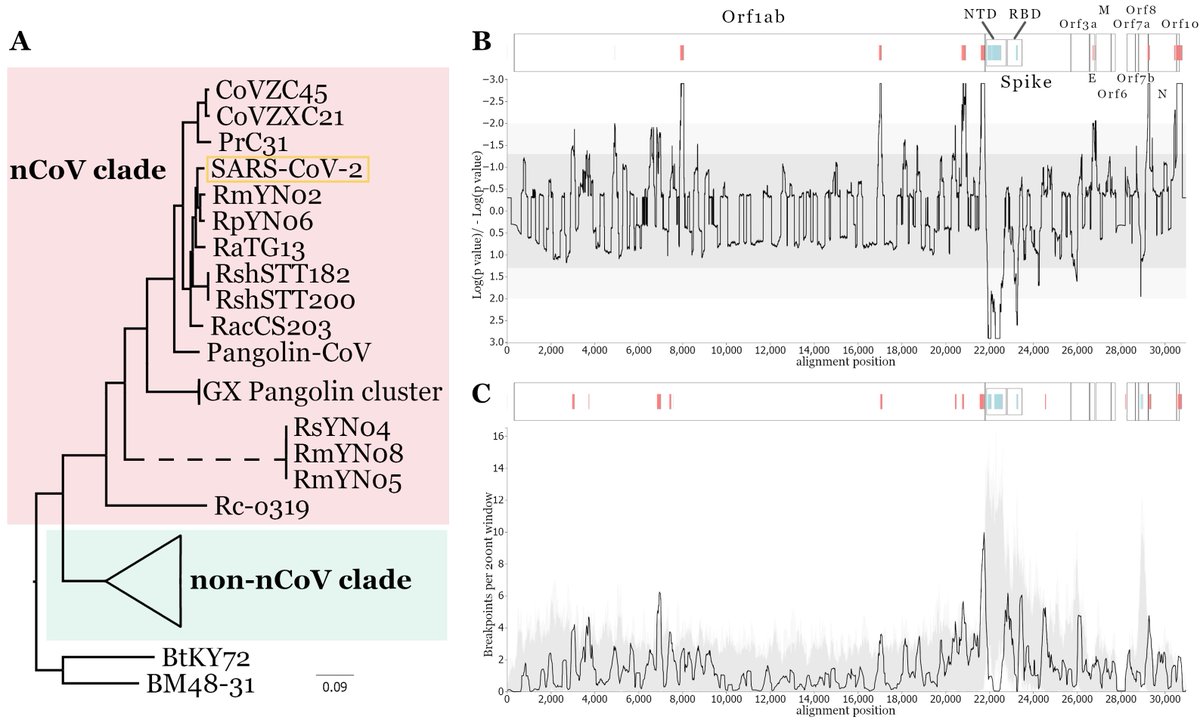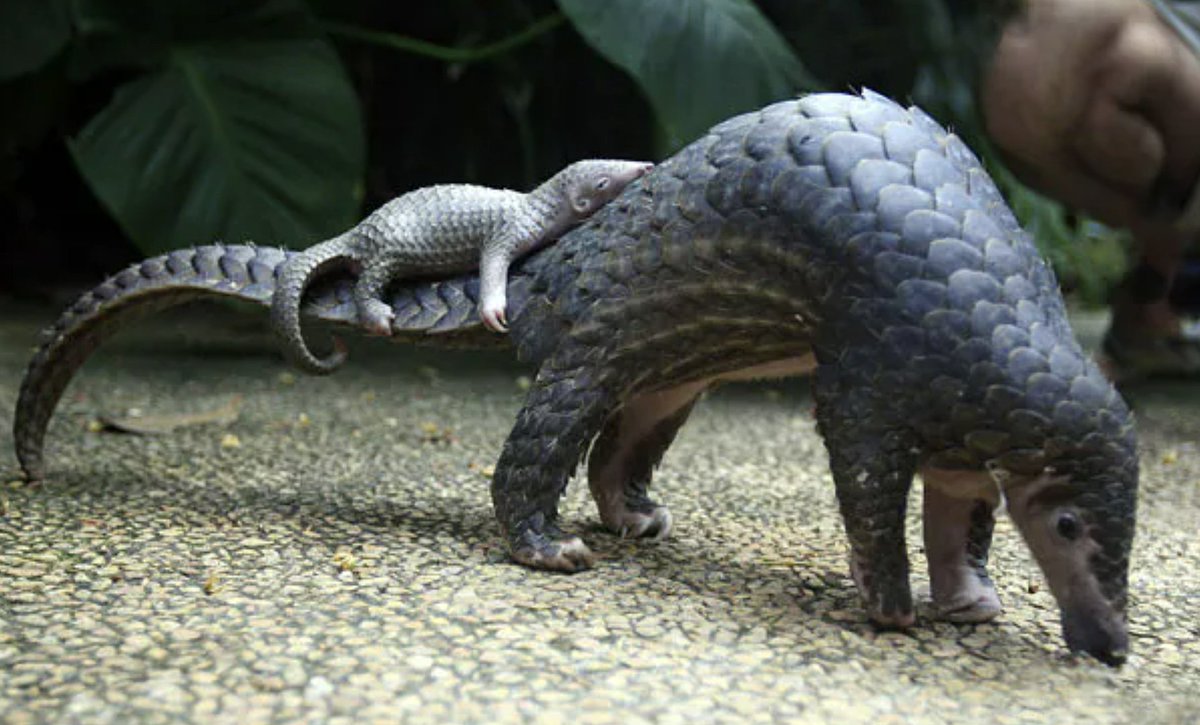
Evolutionary Virologist at the @SystemsVirology lab, University of Tokyo 🇯🇵
Molecular Evolution, Phylogenetics, Viral Genomics
(he/him)
💻🔬🏳️🌈
How to get URL link on X (Twitter) App



https://twitter.com/dfocosi/status/1776337274264777017We have shown that viruses with NP:Y52H can evade BTN3A3, a human antiviral gene against avian flu (). This mutation happens quite frequently in avian viruses.nature.com/articles/s4158…



https://twitter.com/SpyrosLytras/status/1674339262894948353

https://twitter.com/WilsonLabCVR/status/1674076306768527364?s=20

https://twitter.com/SpyrosLytras/status/1656974231819677696





https://twitter.com/WilsonLabCVR/status/1442856529531707407my favourite bit? the sequence responsible for prenylation has been lost in the horseshoe bat (Rhinolophoidea) OAS1 protein through an ancient retrotransposition event! This finding brings in new questions about how these CoVs interact w/ their reservoir bat hosts.




